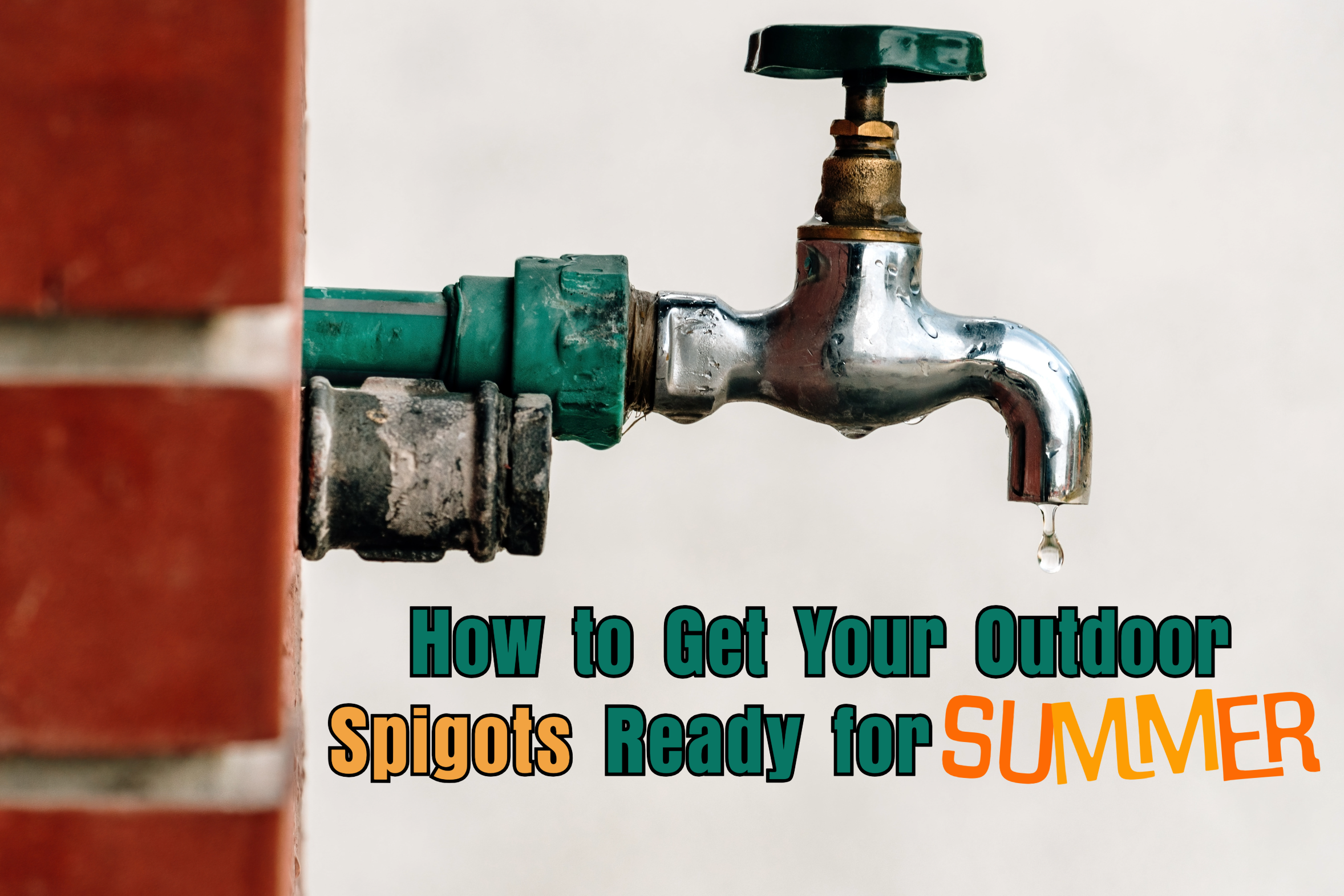As the summer months approach, it’s crucial to ensure your outdoor plumbing is in peak condition for watering, gardening, and all the fun outdoor summer activities. One common issue homeowners face is spigot leaks, which, when left unattended, can disrupt your summer plans. So, check out this handy guide from Huber Heights Plumbing & Drain to learn how to identify and repair spigot leaks. Utilizing the time now before the summer gets here will help you prep your outdoor plumbing for the sunny season.
How to Identify a Spigot Leak:
Below are some simple steps for pinpointing a leak on your spigots:
- How to Fix Spigot Leaks: First, you’ll want to check for visible leaks. Water spigots should be visually inspected for any dripping when turned on or off. Drippage indicates leaks.
- Stains and Mold Signs: Next, try scanning the area around the spigot for water stains or mold near the spigot area as these can signal hidden leaks.
- Pressure Drop Signs: Reduced water pressure is another tell-tale sign of a leak. Make it a point to test your water hose and see if the water flows freely and has good pressure.
- Corrosion Signs: Examine areas around the spigot for corrosion or rust, which can weaken the fixture and lead to leaks.
How to Repair a Spigot Leak:
If you’ve discovered a leak on your spigot, then follow these straightforward steps to address it. You’ll want to get the leak fixed as soon as possible before it is heavily used this next season.
- Ensuring Secure Connections: Check for any loose connections around the spigot. If you find that it does need to be tightened, you can use a wrench to tighten the connection between the spigot and the pipe.
- Addressing Washer Issues: Replace worn-out washers inside the spigot to eliminate persistent leaks. Do this by turning off the water supply, disassembling the bib, taking off the old washers and installing new washers. Remember to carefully return everything to its original position.
- Resolving Cracks: If there are cracks in the wall neighboring the fixture, attend to any cracks or damage in the spigot using a waterproof sealant or plumber’s tape. Just proceed with caution and adhere closely to the instructions on the materials.
- Rectifying Backflow Concerns: In case of backflow issues, consider installing a backflow preventer to prevent water from re-entering the plumbing system. This can aid in averting leaks and contamination.
- Upgrading to Frost-Free Spigots: If you’ve faced issues with frozen fixtures in the past, consider upgrading to frost-free spigots to prevent leaks from frozen pipes.
How You’ll Know When to Call a Plumber:
Recognizing the right time to reach out to a plumber is crucial for dealing with complex or potentially hazardous plumbing issues. While you may handle minor leaks and small tasks on your own, certain signs will indicate the need for professional intervention. Hence, if persistent leaks persist despite your DIY efforts, if you detect water damage or mold growth near the spigot, or if you experience sudden declines in water pressure throughout your plumbing system, it’s advisable to seek assistance from a licensed plumber.
By following these plumbing recommendations to identify and repair spigot leaks, you will ensure a smooth summer of outdoor activities and enhance your peace of mind, creating more precious moments with loved ones. Here’s to a summer free of leaks and full of cool vibes!
Call Huber Heights Plumbing & Drain anytime at (937) 764-3381, or schedule an appointment online now by clicking here!




